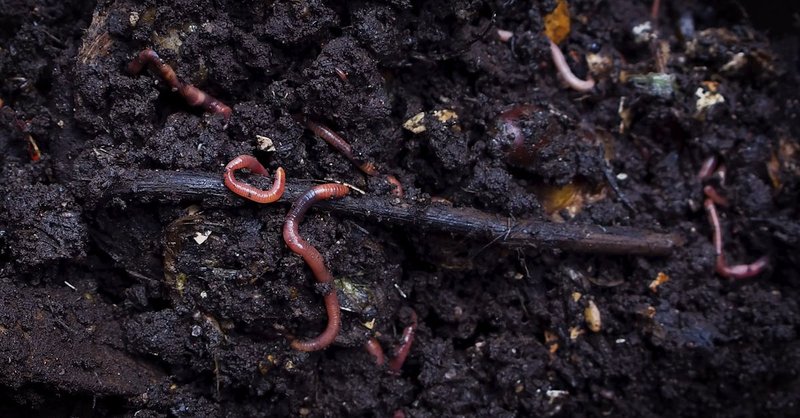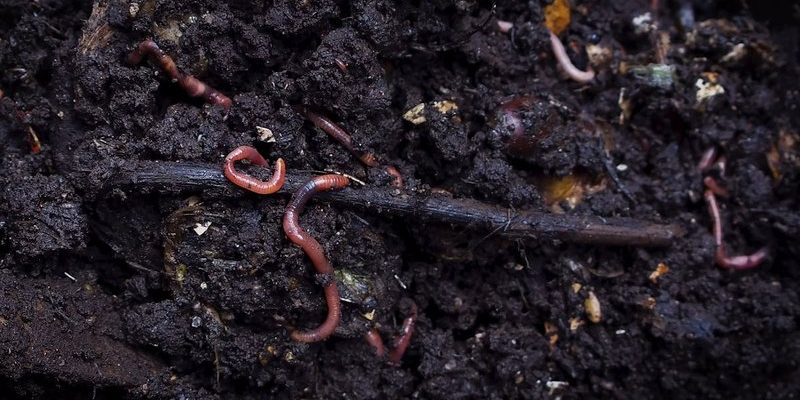
Soil pH is all about how acidic or alkaline your soil is. It’s measured on a scale from 0 to 14, where 7 is neutral. When the pH dips below 7, the soil becomes acidic. This is important because it significantly impacts the organisms living in the soil, including earthworms. They play a vital role in nutrient cycling and soil aeration, affecting everything from plant growth to water retention. Understanding how earthworms react to changes in soil acidity is essential for gardeners and farmers alike, helping them create a thriving environment for plants and wildlife.
Understanding Soil pH
Soil pH is a measure of how acidic or alkaline the soil is. It affects the availability of nutrients, microbial activity, and even the types of plants that can thrive. Think of soil pH as the mood of the soil. Just like we have preferences for certain foods or environments, plants and organisms have their favorite pH levels. Most plants prefer slightly acidic to neutral soil, around a pH of 6 to 7. However, earthworms have their own unique tolerances and preferences.
When soil pH swings too far toward the acidic side (below 6), it can result in nutrient deficiencies. For instance, key nutrients like phosphorus may become less available, leading to stunted plant growth. Earthworms, being the busy workers of the soil, are directly affected by these changes. They thrive best in soils with a pH level between 6 and 7.5. Outside of this range, you might find fewer of these helpful creatures burrowing through your garden.
Knowing about soil pH helps us understand why it matters. If you’ve ever had trouble growing certain plants, it could be because the pH isn’t just right. If your garden soil is acidic—perhaps due to rainfall or organic materials breaking down—earthworms may either struggle or move elsewhere. Keeping an eye on your soil’s pH can lead to healthier plants and a lively ecosystem.
How Earthworms React to Soil Acidity
Earthworms have developed fascinating ways to respond to changes in soil acidity. When soil becomes too acidic, earthworms can show a range of behaviors. They might become less active or retreat deeper into the soil where conditions are more favorable. This retreat helps them avoid harmful environments and keeps them safe from potential stressors in the upper layers of soil.
But that’s not all. Earthworms also have physiological mechanisms that help them cope with acidic conditions. They can produce mucous that acts as a protective layer, shielding their bodies from harmful acids in the soil. This mucous layer helps them maintain their internal pH balance, ensuring they can survive and thrive even in less-than-ideal conditions.
You might be wondering why this matters. If earthworms are not present in healthy numbers, the soil will struggle to maintain nutrient cycling. Their absence can lead to a decline in soil health, affecting plants and other organisms. Without earthworms, you could end up with compacted soil and reduced fertility. It’s all interconnected, much like a chain reaction in a game—one piece affects the next.
The Importance of Earthworms in Acidic Soil
Even in acidic soil, earthworms play a significant role. They help break down organic material, recycling nutrients that can be used by plants. When they consume dead leaves or other organic matter, they turn it into nutrient-rich compost through their digestion process. This is a natural way of enriching the soil, even when conditions are a bit tough.
Earthworms also improve soil structure. Their burrowing habits create channels that allow air and water to penetrate deeper into the ground. This is crucial for plant roots, which need access to both water and oxygen to grow. So, even if they are adapting to acidic conditions, earthworms still work their magic beneath the surface.
Interestingly, certain types of earthworms prefer more acidic conditions than others. For example, species like the *Lumbricus terrestris* can often tolerate lower pH levels better than others. This means that in more acidic soils, you might find different types of worms than in neutral soils. Understanding these differences can help gardeners and farmers create suitable environments for these essential organisms.
Testing Soil pH for Garden Health
If you’re looking to keep your garden healthy and inviting for earthworms, testing your soil pH is the first step. You can buy a simple soil pH test kit at a gardening store or online. These kits usually come with everything you need to check your soil’s acidity easily.
To test your soil pH, follow these simple steps:
- Collect a soil sample from your garden, about 4-6 inches deep.
- Mix the sample with distilled water according to the instructions provided with the pH kit.
- Use the pH indicator strip or digital reader to determine the pH level.
- Record your findings and determine if you need to make any adjustments.
If your soil is too acidic (under 6), you might want to consider adding lime. Lime can help raise the pH and create a better environment for earthworms and plants alike. It’s like giving your soil a little boost to get back on track. If it’s too alkaline (over 7), you might need to add sulfur to bring the pH down.
Regularly testing your soil pH helps you maintain a balance that supports healthy earthworms and promotes a thriving garden. Once you know your soil’s pH, you can make informed decisions about how to manage it effectively.
Improving Soil Conditions for Earthworms
Creating an inviting environment for earthworms involves more than just monitoring pH levels. There are several approaches you can take to improve your soil quality and make it more hospitable for these hardworking worms.
One effective method is to add organic matter to your soil. This could include compost or well-rotted manure. Adding these materials increases the nutrient content and helps improve soil structure, making it easier for earthworms to navigate. Plus, as the organic matter breaks down, it creates a more balanced pH, benefiting both plants and worms.
Another effective approach is to minimize soil disturbance. Tilling or turning over the soil too much can disrupt earthworm habitats. Instead, consider using methods like no-till gardening. This practice allows earthworms to thrive in their natural environment while promoting healthy soil ecosystems.
Also, keep an eye on moisture levels. Earthworms need moisture to survive and thrive. Ensuring your soil retains adequate water can make a big difference in their population. You might want to add mulch around your plants to help retain soil moisture and create a more stable environment for earthworms.
In summary, understanding how earthworms respond to soil acidity and pH is crucial for anyone invested in gardening or farming. These little creatures are not just squiggly nuisances; they are essential to maintaining the health of our soils. By learning how to create the right conditions for them, you can ensure a flourishing garden that supports both plants and wildlife.
With a little knowledge and some simple practices, you can optimize your soil’s pH, improve its structure, and make it a welcoming home for earthworms. Remember, every adjustment you make contributes to the wider ecosystem. So, let’s keep those earthworms busy and happy; after all, a thriving garden starts from the ground up!

